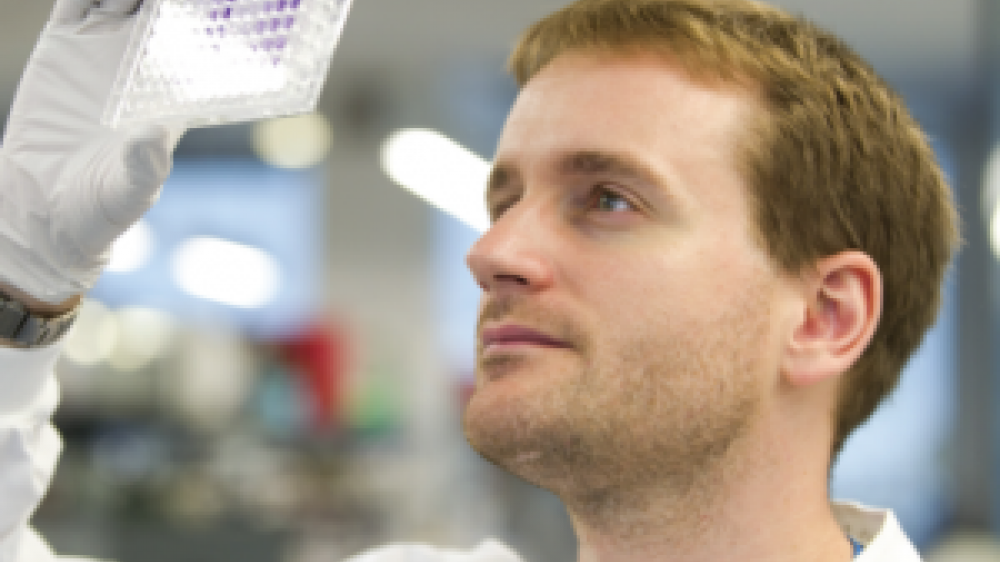New in vitro method to study evasive cancer stem cells

A study describes a new method to grow a drug resistant sub-population of cancer stem cells (CSCs) in vitro, providing an opportunity to screen compounds that target these cells using fewer animals.
The research, by Dr Adrian Biddle, NC3Rs research fellow 2012-2015, and NC3Rs grant holder Professor Ian Mackenzie from Queen Mary University of London, was recently published in EBioMedicine.
CSCs are a small fraction of the tumour cells, but research has shown that they can initiate tumour growth and self-renewal. They drive tumour relapse and metastasis, and show higher resistance to therapy than non-stem cells, which is why they remain in the spotlight of cancer research.
Currently, mouse xenograft models are the main model used for identifying and studying CSCs, but these studies use large numbers of mice which can experience pain and distress due to tumour growth.
Commenting on the project, Dr Biddle said: "In the last three years there have been over 1,000 publications reporting the use of mouse xenograft models to study the properties of cancer stem cells, with the use of many thousands of animals. This is hugely expensive in terms of both resources and animal lives, and there is therefore a great need for in vitro assays that can replace these animals. Our study, demonstrating a new cell culture model for testing cancer stem cell therapeutic response, has the potential to increase the accuracy of preclinical cancer drug testing and is encouraging a switch away from mouse xenograft models."
The new in vitro technique provides a cheaper, faster and more controllable means for producing large numbers of CSCs. The research builds on previous work1, where among the CSCs of squamous cell carcinoma the team described two distinct sub-populations: one more epithelial and highly proliferative, the other more migratory/metastatic. Interestingly, CSCs could switch between the two phenotypes.
The researchers have now identified a particular sub-population among the migratory CSCs that are highly flexible and show high drug resistance. They have also managed to grow these cells successfully and show that they retain their specific stem-like properties such as plasticity. Stem cells often lose their properties during long periods of culture, making them hard to study, but the team has overcome this by adjusting the growth conditions to balance opposing signalling pathways.
Tackling the problem of drug resistance and developing specific therapies targeted at CSCs holds great potential for improved therapy and survival, especially for patients with recurring metastatic disease, which is the main cause of death due to cancer.
Using the new method, Dr Biddle and colleagues showed that the plasticity of cancer stem cells is crucial for their resistance to drugs, and they identified markers of the highly plastic CSC sub-population. The team has also identified corresponding CSC sub-populations with comparable drug resistance in specimens from patients, confirming that it is an important aspect of cancer biology with relevance to human tumours. This replacement of the mouse model shows great potential for studying mechanisms of therapeutic resistance and eventually for high throughput drug development studies.
To find out more about Dr Biddle’s fellowship, read our previous news article 'Applying smarter science to cancer research'.
Read the full paper: Biddle A et al. (2016) Phenotypic Plasticity Determines Cancer Stem Cell Therapeutic Resistance in Oral Squamous Cell Carcinoma. EBioMedicine 4:138–145
doi: 10.1016/j.ebiom.2016.01.007
References
-
Biddle A et al. (2011). Cancer stem cells in squamous cell carcinoma switch between two distinct phenotypes that are preferentially migratory or proliferative. Cancer Research 71:5317–5326.
